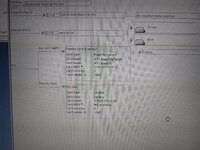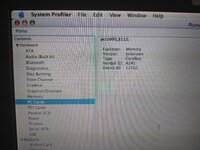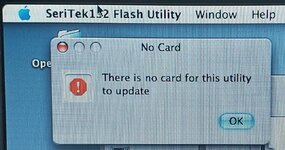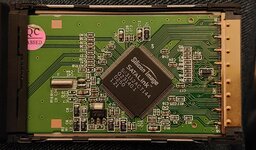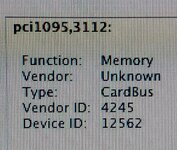Phipli
Well-known member
Because of the recent developments regarding the Sil3112 by @dosdude1 @joevt and @cheesestraws, in particular the native flasher that supports smaller chips, when I spotted a cardbus Sil3112 card I was curious if it could be made to work in my Pismo.
I won't keep you waiting, it didn't
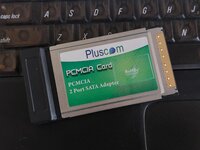
I tried running the patched flasher, and it saw the card and offered to flash it, then froze at "Writing to offset: 0"
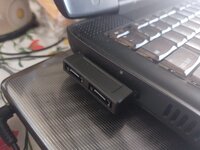

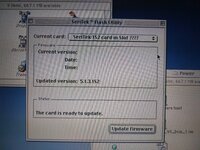
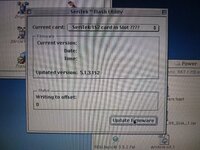
After waiting f or about half an hour just in case, (and possibly after damaging the stock firmware on the card) I booted into the OpenFirmware command line to see what I could see. Cardbus shows as a bridge chip and nothing loads past that. This is the same with my WiFi card, so I assume cardbus is dealt with after OpenFirmware passes over to the OS.
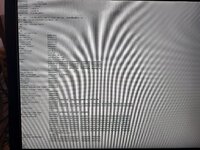
Is this remotely possible? Can we get the Sil3112 to load on the Pismo? Even non-bootable would be useful for transferring files.
Any thoughts?
I won't keep you waiting, it didn't

I tried running the patched flasher, and it saw the card and offered to flash it, then froze at "Writing to offset: 0"




After waiting f or about half an hour just in case, (and possibly after damaging the stock firmware on the card) I booted into the OpenFirmware command line to see what I could see. Cardbus shows as a bridge chip and nothing loads past that. This is the same with my WiFi card, so I assume cardbus is dealt with after OpenFirmware passes over to the OS.

Is this remotely possible? Can we get the Sil3112 to load on the Pismo? Even non-bootable would be useful for transferring files.
Any thoughts?
Last edited:

